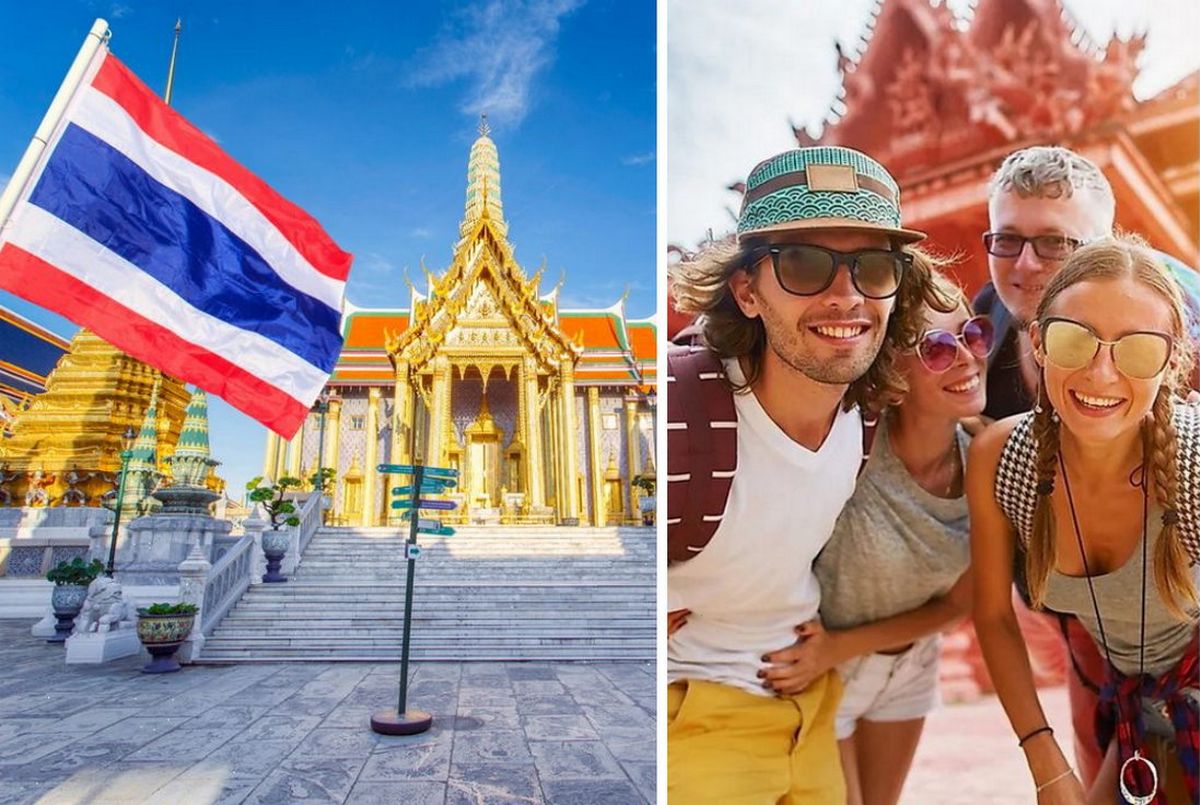An ancient monument in Thailand has unexpectedly become wildly popular among tourists for the local authorities. A wild pilgrimage began, which worried both the management of the park, where the monument is located, and the provincial government, writes the Thai press.
The fact is that on September 19, the UN cultural agency UNESCO included the ruins of the Khao Klang Nok temple in Si Thep, about 200 km north of Bangkok, on the World Heritage List – they became the seventh in Thailand to be included in this list. Advertisements were also added by a few tourists who said that this “not too well-known archaeological site” is quite appealing to “cheap Machu Picchu”.
While the Thai Ministry of Foreign Affairs declared that this was a moment of “great pride for the Thai people” that would raise “international awareness of the values and significance” of this object, the management of the park where the object is located grabbed his head – already at the weekend to visit the monument an unimaginable source of income for 20,000 tourists.
Not even a week has passed since serious talks began about banning tourists from climbing the ruins. “A ban would make this ancient place more valuable,” district chief Si Thep Wirawat Wattanavongfreuk said literally. He advises tourists to “stay down and explore this ancient site, which has been declared a World Heritage Site.” The fact is that Khao Klang Nok is a collapsed laterite stupa, 20 meters high, which contains sacred Buddhist relics.
Climbing the ruins, as noted by the local authorities, is at least dangerous. In addition, the new attraction has other problems, such as access to public toilets and other facilities needed by many tourists.

